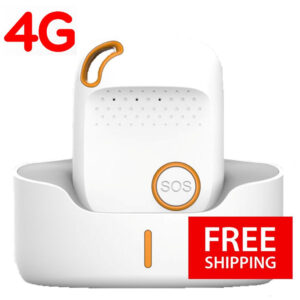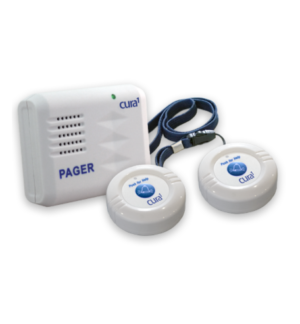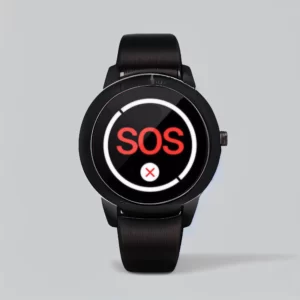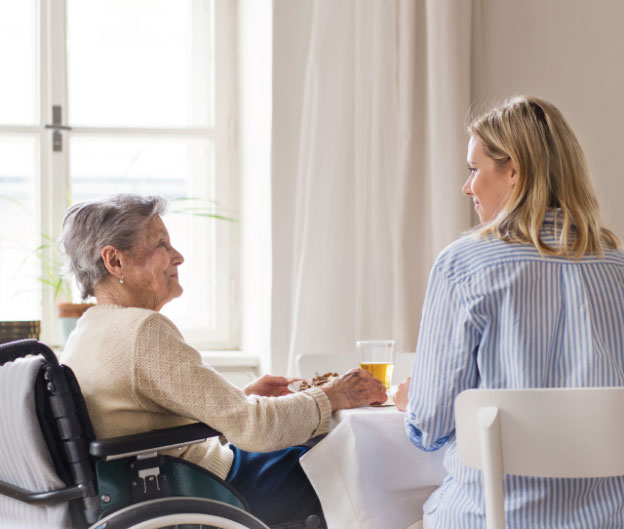Your cart is currently empty!
Unlock Peace of Mind: Dementia wandering devices to Prevent Wandering
·
·

Introduction to Dementia Wandering Devices
In the context of dementia, a progressive neurological disorder affecting millions worldwide, dementia wandering devices have become pivotal tools. This disorder impairs cognitive function, memory, and decision-making abilities, thus presenting considerable challenges for both those living with the condition and their caregivers. Wandering, a prevalent behaviour associated with dementia, can lead patients to become lost, disoriented, and even place themselves in perilous situations.
Understanding the reasons behind the wandering behaviour of dementia patients is essential for providing proper care and ensuring their safety. This article will delve into the causes of dementia wandering, underscore the importance of dementia wandering devices, explore key features to look for in such devices, list top tracker devices for dementia patients, mention additional safety devices, and provide tips to reduce wandering incidents. Furthermore, it will provide resources specifically for Australian caregivers and families dealing with dementia, offering much-needed support and guidance.
Understanding the Reasons Behind Dementia Wandering
Wandering is a common behaviour among individuals with dementia. It can be a result of various factors, including memory loss, confusion, agitation, and disorientation. Some dementia patients may wander in search of familiar surroundings or due to a basic need, such as hunger or thirst. Others may be trying to escape an uncomfortable situation or a perceived threat. Understanding why dementia patients wander can help caregivers implement effective strategies to manage this behaviour and keep their loved ones safe.
The Importance of Tracking Devices for Dementia Patients
Tracking devices for dementia patients have become increasingly popular in recent years, and for a good reason. These devices provide an added layer of protection and peace of mind for caregivers and families, ensuring that their loved ones can be located quickly and safely in case of wandering. GPS tracker for dementia patients can also help build confidence and independence in dementia patients, allowing them to continue participating in activities and socialising with others while minimising the risk of wandering.
Key Features to Consider in a Dementia Tracking Device
When selecting a tracker for dementia patients, it’s essential to consider several key features to ensure the device is suitable for your loved one’s needs. Look for devices that are easy to use and have a user-friendly interface. The tracking dementia patient’s device should also be discreet and comfortable for the patient to wear without causing irritation or discomfort. Battery life is another crucial factor, as the device should have a long-lasting battery to ensure continuous tracking and protection. Finally, consider the range and accuracy of the device to ensure it can provide precise location information when needed.
Top Tracker Devices for Dementia Patients
a. Safe-Life Watch Alarm 4G
The Safe-Life Watch Alarm 4G is an intuitive GPS tracker for dementia patients, featuring real-time tracking, fall detection, and an SOS button that sends out immediate alerts to a network of caregivers. Its inactivity monitor and geo-fence capabilities ensure enhanced safety for the user. It also supports hands-free two-way communication, bolstering constant connection with loved ones. This device is resilient with water-resistant properties and a long battery life, fitting seamlessly into daily routines.
b. Safe-Life Medical Alarm 4G
Similar to the Safe-Life Watch Alarm 4G, the Safe-Life Medical Alarm 4G is a personal alarm that provides real-time tracking and an SOS button for emergencies. This dementia wandering device includes a fall detection feature, which can automatically alert caregivers if the patient experiences a fall. Additionally, the device features two-way communication, allowing for constant contact between the patient and caregiver.
c. Geo Fencing Solutions
Geo fencing solutions offer an innovative way to monitor and track dementia patients. This technology allows caregivers to set predefined boundaries, and if the patient goes beyond these boundaries, an alert is sent to the caregiver. Geo fencing can be integrated with various tracking devices for dementia patients, such as the Safe-Life watch and pendant, providing an additional layer of protection and peace of mind.
d. Safe-Life Long Range Wireless Door Reed to Pager Kit
The Safe-Life Long Range Wireless Door Reed to Pager Kit is an effective dementia safety device that enables caregivers to monitor multiple doors & windows in their homes and gardens. It alerts caregivers on their personal pagers, displaying and alarm message when a door is opened, preventing potential wandering incidents. This kit, with a range of up to 100m, includes a wireless transmitter with a 1-metre-long cable that connects to the door or window and sends an alert until the door is closed or the transmitter is switched off. This easy-to-set-up and battery-powered system ensures safety with a personalised touch.
Additional Safety Devices for Dementia Patients
a. Bed Alarm
A bed alarm is an essential dementia safety device that can help prevent wandering incidents during the night. Bed alarms detect when a patient attempts to leave their bed and send an alert to the caregiver, allowing them to intervene before the patient wanders too far.
b. Chair Alarm
Like bed alarms, chair alarms can detect when a dementia patient attempts to leave their chair, sending an alert to the caregiver. This can help prevent wandering incidents and ensure the patient’s safety while seated.
c. Floor Mat
A floor mat is another useful dementia safety device that can help detect wandering. Placed by the patient’s bedside or near an exit, the floor mat sends an alert to the caregiver when pressure is applied, indicating that the patient may be attempting to leave the area.
d. PIR Sensor
PIR sensors detect motion and can be placed strategically throughout the home to monitor wandering dementia patients. When motion is detected, an alert is sent to the caregiver, allowing them to intervene and ensure the patient’s safety.
How to Use Tracking Devices Effectively for Dementia Patient Care
To ensure that tracking devices for dementia patients are used effectively, caregivers should familiarise themselves with the device’s features and settings. Regularly check the device’s battery life and ensure it is adequately charged. Additionally, make sure the patient is comfortable wearing the device and that it does not cause irritation or discomfort. Finally, consider incorporating additional safety devices, such as bed alarms or floor mats, to provide comprehensive protection for your loved one.
Tips to Minimise Wandering Incidents in Dementia Patients
In addition to using tracking devices for dementia patients, there are several strategies caregivers can implement to minimize wandering incidents. These include:
- Establishing a daily routine for the patient, which can help minimise disorientation and confusion.
- Ensuring the patient’s basic needs are met, such as hunger, thirst, and toileting.
- Providing a safe and secure environment by installing locks, gates, and alarms.
- Encouraging regular physical activity and mental stimulation, which can help reduce agitation and restlessness.
- Supervising the patient closely, especially in unfamiliar or crowded environments.
Australian Resources for Dementia Caregivers and Families
There are numerous resources available for dementia caregivers and families in Australia, including the following:
- Dementia Australia : This organization offers information, support, and resources for individuals living with dementia and their caregivers.
- Carers Australia: Carers Australia provides support and services for caregivers, including information on financial assistance, respite care, and support groups.
- Dementia Support Australia: Dementia Support Australia is dedicated to providing customized aid according to your unique requirements.
- Activities for dementia patients: This blog article covers the importance of activities for dementia patients.
Conclusion
Navigating the complex challenges of dementia can be demanding, yet you’re not alone. Embracing innovative tracking devices and safety solutions, like those offered by Safe-Life, provides an extra layer of security and much-needed peace of mind. Understand that every dementia journey is unique; hence, customising strategies and devices to suit your loved one’s needs is crucial. While these tools can’t wholly eliminate wandering risks, they play a significant role in preserving dignity, independence, and quality of life for those with dementia.
Remember, understanding the reasons behind dementia wandering and selecting suitable tracking devices are key steps in minimising wandering incidents. Leverage these tech tools alongside the wealth of Australian resources available to empower yourself as a caregiver, ensuring your loved one’s safety.
Safe-Life is ready to walk this journey with you, offering cutting-edge tracking devices and safety solutions tailored to your needs. Ready to take the next step towards peace of mind? Visit our products on our website or reach out to our friendly sales team. Together, let’s create a safer and more comfortable environment for your loved one, giving you control and making every moment matter. Stand strong in the face of dementia – with resilience, hope, and Safe-Life by your side.
Please call or email one of our friendly staff to assist you with your enquiry.
Safe Life
Alerting Devices Australia P/L T/A Safe-Life 5/270 Lower Dandenong Rd, Mordialloc, VIC, Australia 3195
NDIS Provider Number
4050109546
ABN
67 637 195 941
Phone
[formidable id="6"]
Share Article
More articles
-

|
21 minutesHiking Safety 101: How to Prepare for a Safe Outdoor Adventure
Hiking offers an accessible way to explore nature, available as everything from short, leisurely trails to challenging, multi-day treks across various terrains. As you embark on day hiking, one of the most popular forms, it’s essential to address hiking safety to prevent injuries, especially given the recent spike in hiking-related…
-

|
7 minutesHospital in the Home
Creating a Hospital Environment at Home: How Hospital in the Home can Help the Elderly and Disabled Hospital in the Home (HITH) is an innovative approach to providing healthcare to elderly and disabled individuals in the comfort of their own homes. It allows healthcare professionals to monitor their patients remotely,…
-
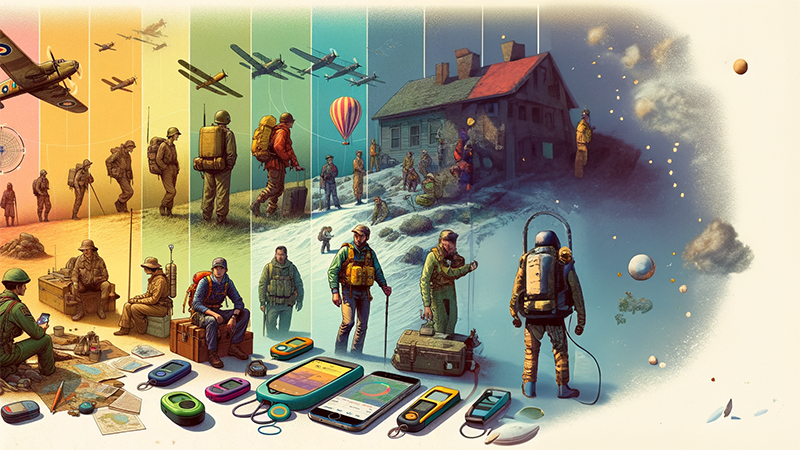
|
9 minutesHow Do Personal Locator Beacons Work: The Lifesaver in Your Pocket
Introduction: How do personal locator beacons work Imagine getting lost in the wilderness, with no cell phone signal and no means of communication. It’s a scary thought. But what if there was a device that could pinpoint your location and alert emergency services? That’s exactly what a personal locator beacon…
-
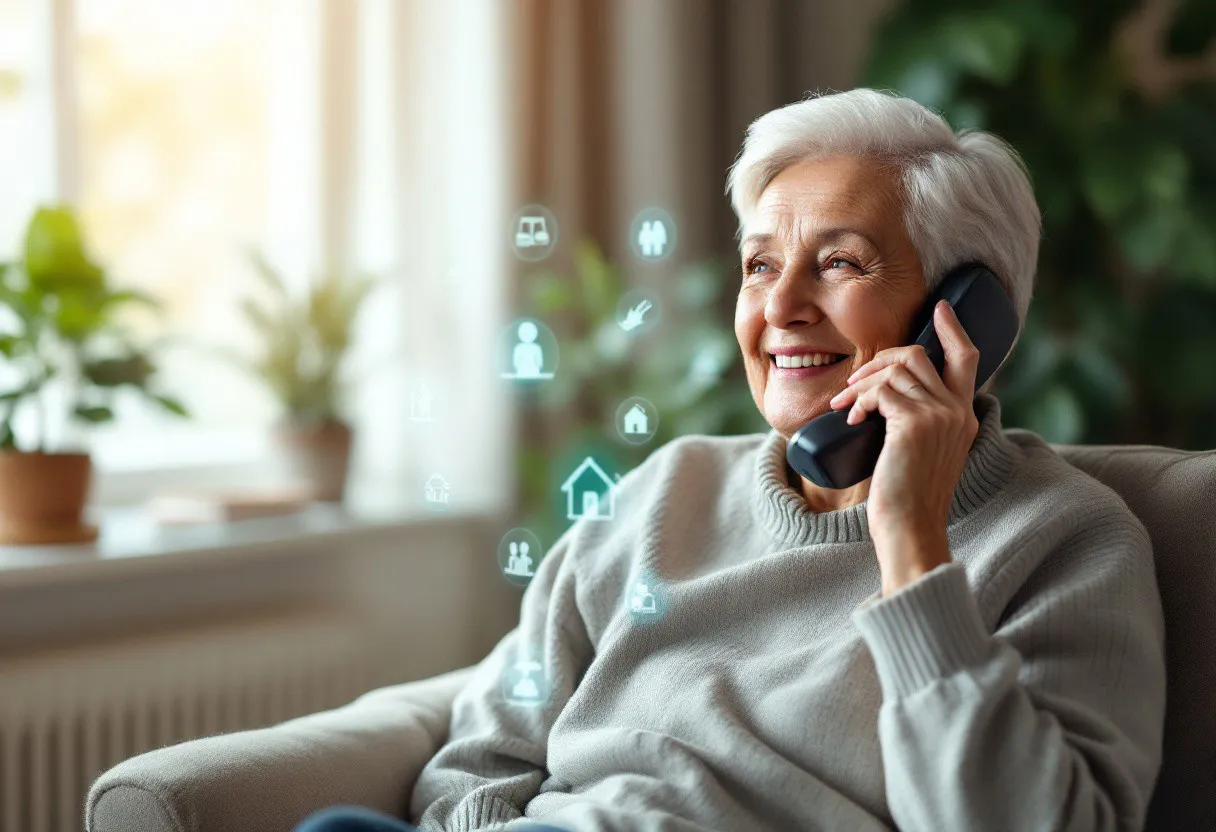
|
13 minutesHow to Access Elderly Support Helplines: A Comprehensive Guide
How to Access a Helpline for Elderly Support: A Comprehensive Guide A startling 40% of older adults regularly experience loneliness. The situation becomes more worrying because many seniors remain unaware of available support services during times of need. Medical emergencies, isolation, or daily activity challenges can make elderly support helplines…





